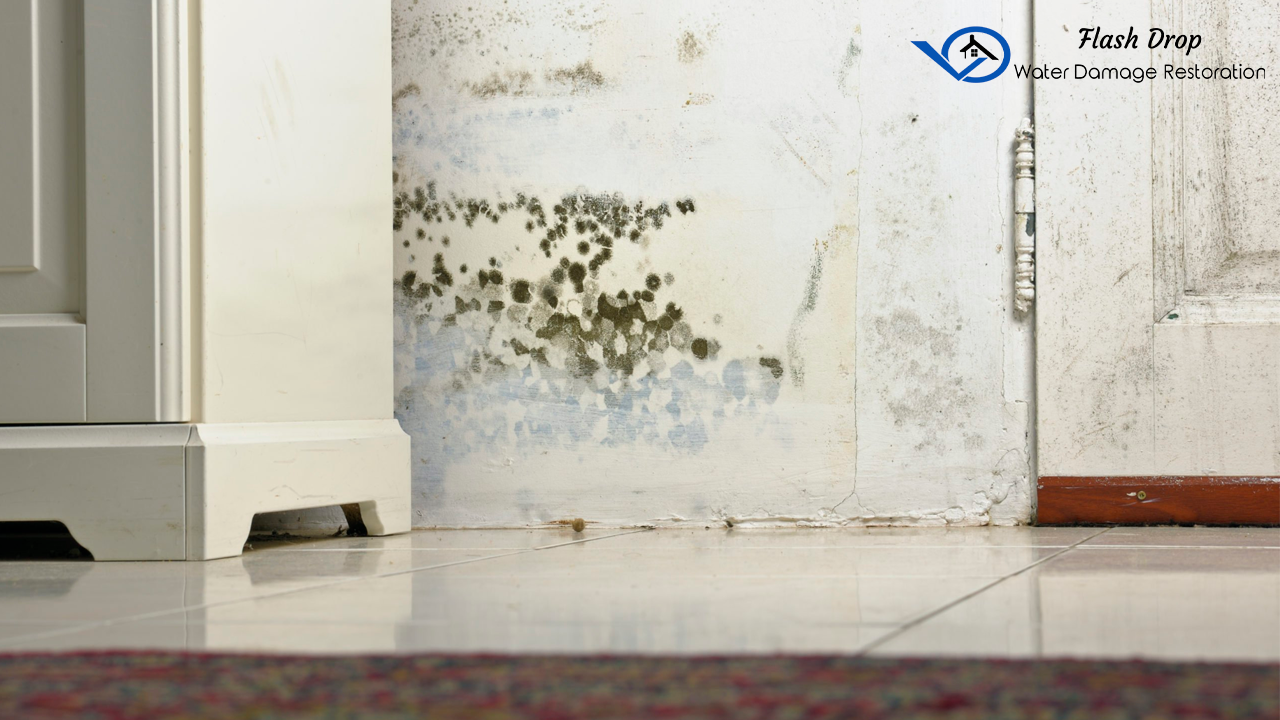The Impact of Mold on Indoor Air Quality
Indoor air quality (IAQ) is a crucial aspect of maintaining a healthy and comfortable living environment. Many factors can influence IAQ, and one of the most significant contributors is mold. Mold growth in indoor spaces can have detrimental effects on both the physical health of occupants and the structural integrity of the property. In this article, we will explore the impact of mold on indoor air quality and the measures to prevent and mitigate its harmful effects.
Understanding Mold and its Growth
Mold is a type of fungus that thrives in warm, damp, and humid environments. It reproduces by releasing tiny spores into the air, which can settle and grow on various surfaces. Common indoor molds include Aspergillus, Penicillium, and Stachybotrys (also known as "black mold"). Mold can grow on walls, ceilings, carpets, fabrics, and even hidden areas such as behind wallpaper or inside wall cavities.
Effects of Mold on Indoor Air Quality
Respiratory Issues: Mold spores can become airborne and be inhaled by occupants. This can trigger various respiratory problems, especially in individuals with allergies, asthma, or other respiratory conditions. Symptoms may include coughing, sneezing, wheezing, throat irritation, and sinus congestion.
Allergic Reactions: Exposure to mold can cause allergic reactions in susceptible individuals. Allergies to mold can manifest as skin rashes, itching, watery eyes, and nasal congestion. Prolonged exposure to mold can exacerbate existing allergies and sensitivities.
Irritation of the Eyes, Skin, and Throat: Mold spores and mycotoxins released by certain mold species can irritate the eyes, skin, and throat of individuals. This can result in redness, itching, and discomfort.
Asthma Exacerbation: For individuals with asthma, exposure to mold can worsen symptoms and trigger asthma attacks. The presence of mold in the indoor environment can lead to increased asthma-related hospitalizations and medication use.
Fungal Infections: In some cases, mold exposure can cause fungal infections, particularly in people with weakened immune systems or pre-existing health conditions.
Structural Damage: Aside from health impacts, mold can also cause structural damage to buildings. It can weaken wood, drywall, and other building materials, leading to costly repairs and reduced property value.
Preventing and Mitigating Mold Growth
To maintain a healthy indoor environment and preserve indoor air quality, it is essential to prevent and address mold growth effectively:
Control Moisture: Moisture is the primary factor contributing to mold growth. Address any sources of water leaks or seepage promptly. Ensure proper ventilation in areas with high humidity, such as bathrooms and kitchens. Use dehumidifiers if necessary to maintain indoor humidity levels between 30% to 50%.
Fix Water Damage: Any water damage, whether from leaks or floods, should be addressed immediately. Remove standing water and dry the affected area within 24 to 48 hours to prevent mold growth.
Proper Ventilation: Ensure proper ventilation in the entire property. Proper airflow helps reduce humidity levels and prevents the stagnation of moist air, which can lead to mold growth.
Regular Cleaning: Regularly clean and inspect areas prone to mold growth, such as bathrooms and basements. Use mold-resistant products and avoid using carpets in high-moisture areas.
Professional Mold Remediation: If mold growth is extensive or hidden, seek professional mold remediation services. Certified mold remediation specialists can safely and effectively remove mold and prevent its recurrence.
Conclusion
Mold can significantly impact indoor air quality, leading to various health issues and structural damage. Maintaining a healthy indoor environment requires vigilance in preventing and mitigating mold growth. By controlling moisture, addressing water damage promptly, ensuring proper ventilation, and seeking professional mold remediation when necessary, we can protect our homes and occupants from the detrimental effects of mold on indoor air quality. Prioritizing a mold-free living environment ensures the well-being and comfort of everyone in the space.
Find Flash Drop Water Damage Restoration & Mold Removal Flash Drop Water Damage Restoration & Mold Removal 16602 Barneston St, Granada Hills, CA 91344 7GM4+PP Granada Hills, Los Angeles, CA 1 (818) 572 4070



.jpg)
Comments
Post a Comment